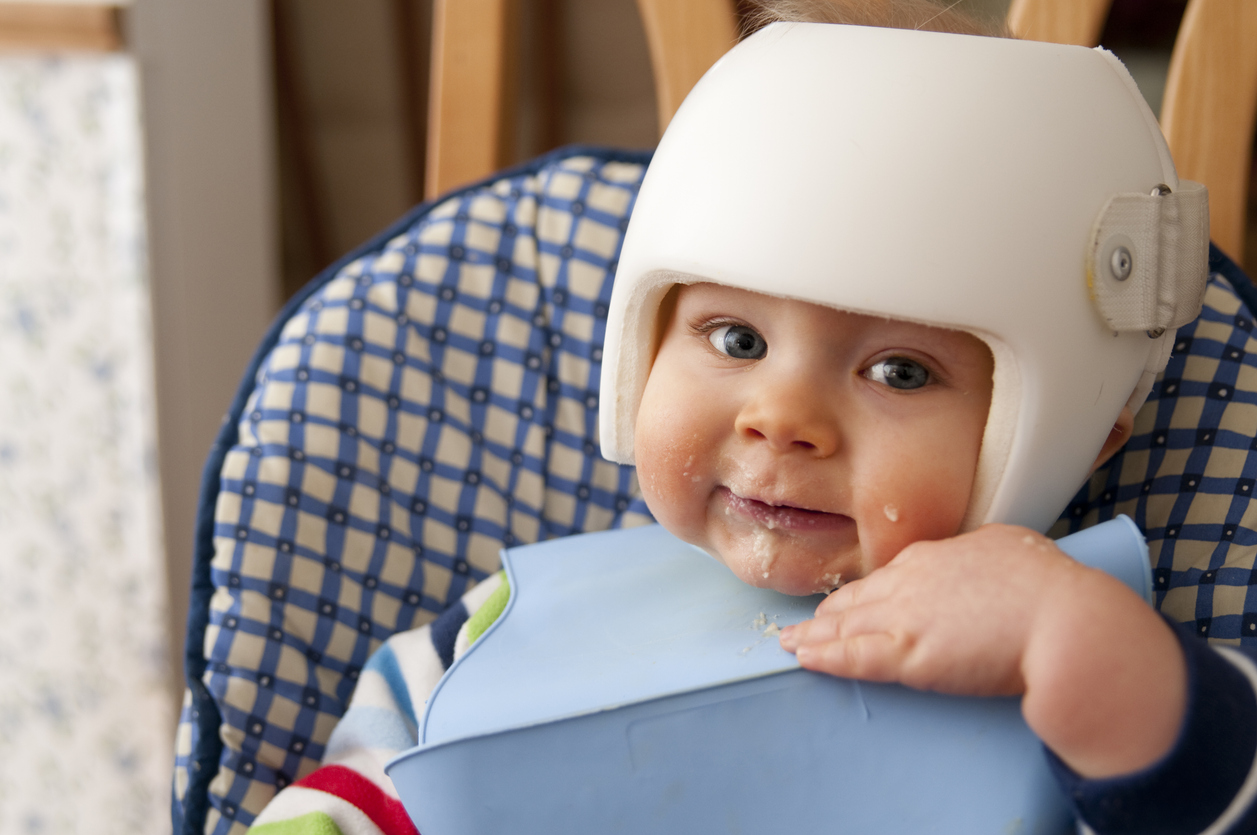Positional plagiocephaly, also known as flat head syndrome, is a common condition among infants and young children. It is caused when the skull becomes flattened on one side due to prolonged pressure on the back or side of the head. While it is a common condition, it is important to be aware of the potential consequences of leaving plagiocephaly untreated.
What Happens if Plagiocephaly is Left Untreated?
Plagiocephaly has been associated with developmental delays in children but we do not know whether or not one issue causes the other. If left untreated, however, plagiocephaly can become permanent with an abnormally shaped skull. This abnormally shaped skull may restrict growth of the brain, leading variable problems such as vision deficits.
Does Plagiocephaly Get Worse with Age?
The good news is that plagiocephaly typically does not get worse with age so long it is treated appropriately.
Can You Fix Plagiocephaly Without a Helmet?
In many cases plagiocephaly can be treated without the use of a helmet. Physical therapy and repositioning can be used to treat the condition. Repositioning involves changing the position of the baby's head and neck as they sleep, increasing tummy time, and having your baby sit when they are able. Physical therapy can help to strengthen weakened neck muscles and treat torticollis that can contribute to plagiocephaly. These treatments can be highly effective, but if they are not then helmet therapy may be recommended.
Does Plagiocephaly Affect Vision?
Positional plagiocephaly can affect vision. Severe deformations of the skull may cause problems with the orbits, but evaluation for craniosynostosis should be undertaken in these situations. In addition, severe positional plagiocephaly that restricts the part of the brain that processes vision can lead to decreased vision. It is important to seek medical attention if you suspect your child is having vision problems.
Conclusion
Plagiocephaly is a common condition among infants and young children, and it is important to be aware of the potential consequences of leaving it untreated. In many cases, plagiocephaly can be treated without the use of a helmet, such as through physical therapy and repositioning. If you suspect that your child has plagiocephaly, it is important to seek medical attention as soon as possible, as early intervention is key in addressing the condition. At NJ Craniofacial Center, we understand the importance of early intervention for plagiocephaly. Our experienced team of specialists is here to ensure that your child receives the best care possible. We will provide specialized physical therapy and repositioning techniques to address the condition. Our goal is to ensure that your child has the best outcome possible. Contact us today to learn more about how we can help.


